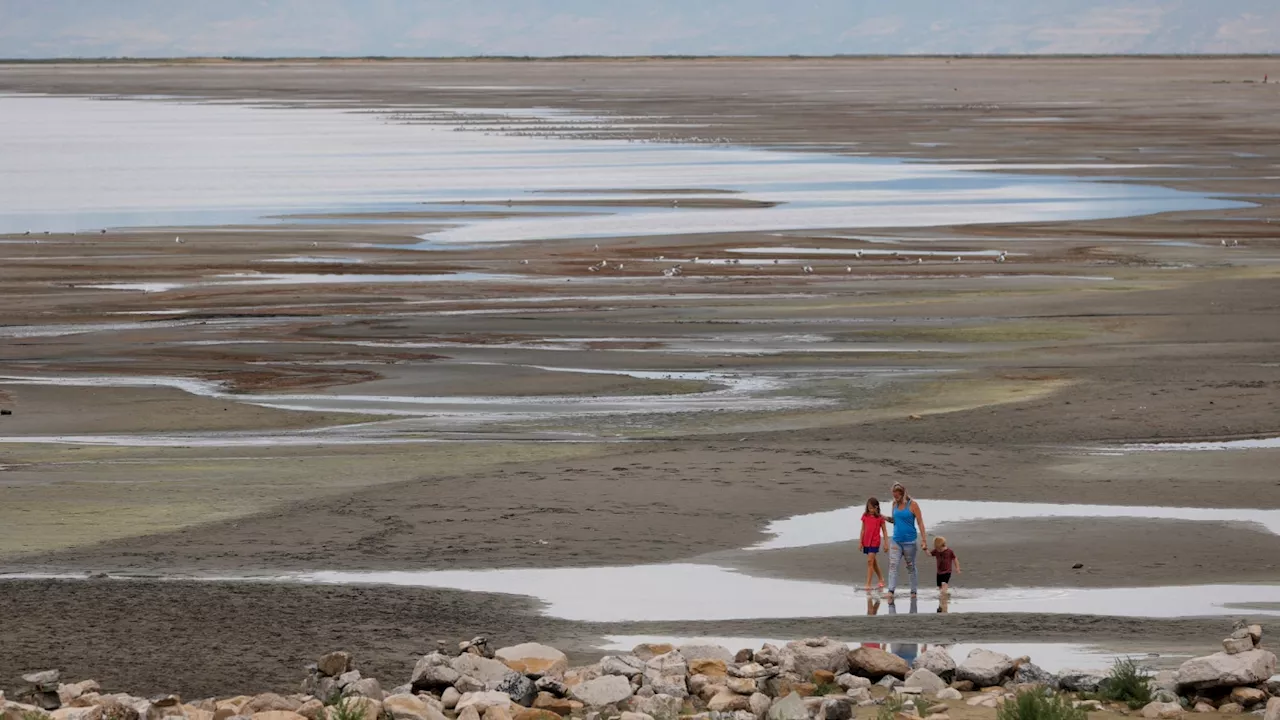When inhaled, metals left by the shrinking lake could cause inflammation. Experts say more studies are needed to understand the impact.
Dust pollution is known to contribute to asthma and heart and lung disease. But dust blowing from Utah’s Great Salt Lake could pack an extra unwanted punch.. When inhaled, the dust has the potential to cause inflammation, though the actual impacts to people in the area will require further study.Fill out our survey). As the lake dries out, it leaves behind dust laden with metals, minerals and sediment that had been carried into the lake from upstream.
Analysis of the inhalable particles revealed several metals — including manganese, copper, iron and lead — at higher concentrations than dust from other nearby playas. Lithium and arsenic were also present at levels exceeding the U.S. Environmental Protection Agency’s regional screening levels, a reference point for further risk evaluation.
“Our body has all kinds of antioxidants,” says Kelly, of the University of Utah in Salt Lake City. These compounds allow us to breathe in and handle reactive oxygen species — to a point. “However, if we get too much of these reactive particles or reactive species that enter our lungs, it can cause an imbalance. Then that can lead to inflammation, and then inflammation leads to a number of adverse health effects.
United States Latest News, United States Headlines
Similar News:You can also read news stories similar to this one that we have collected from other news sources.
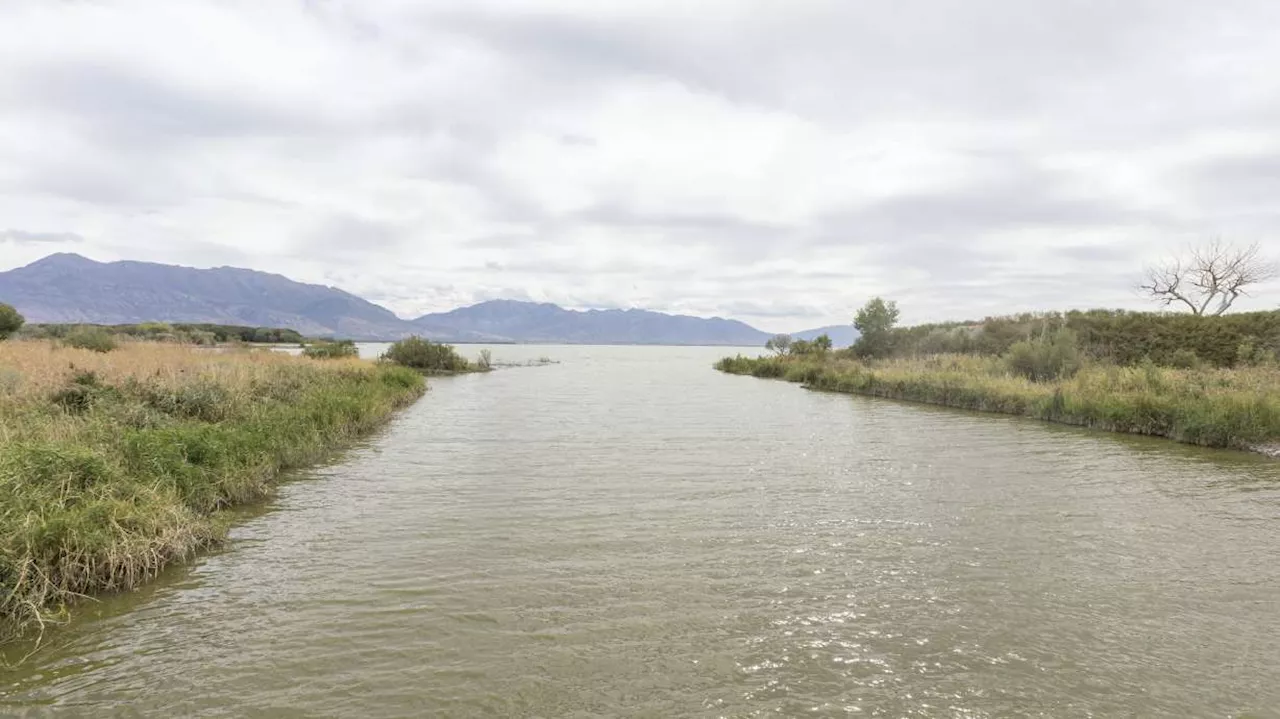 After losing over 2 feet, Great Salt Lake to get another boost from Utah LakeThe Great Salt Lake has lost about 2 feet over the past few months, but it's about to get another boost from Utah Lake.
After losing over 2 feet, Great Salt Lake to get another boost from Utah LakeThe Great Salt Lake has lost about 2 feet over the past few months, but it's about to get another boost from Utah Lake.
Read more »
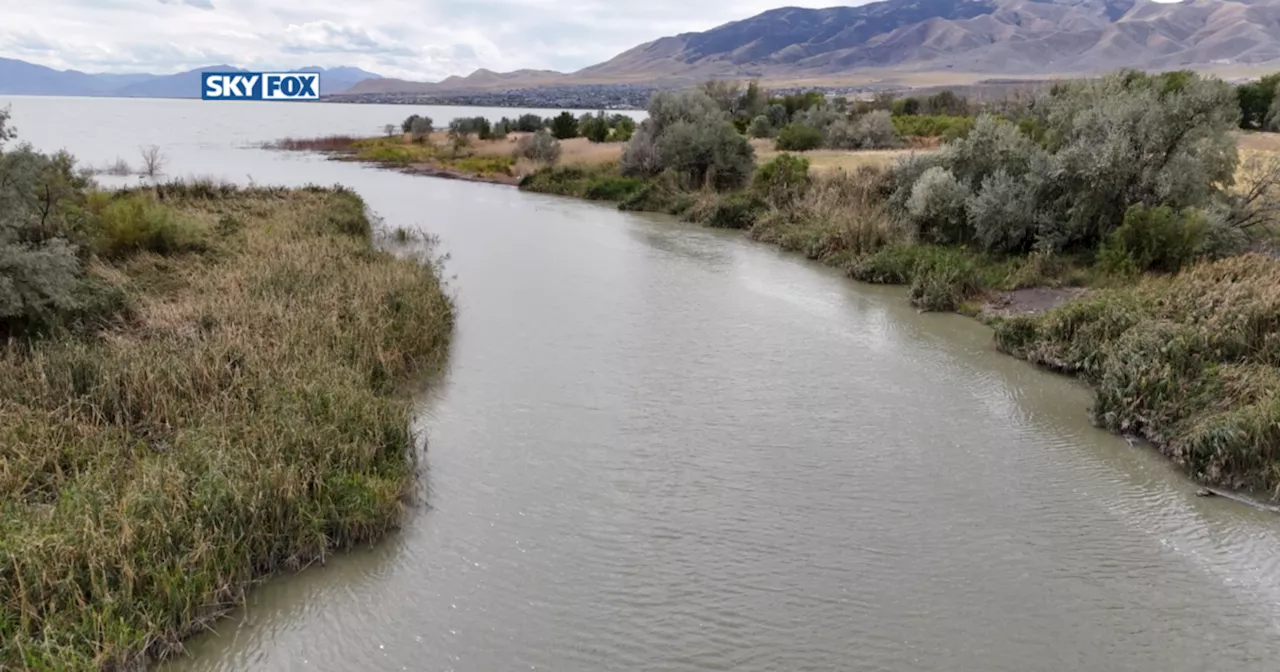 Conservation leads to more water for Great Salt LakeBen Winslow is a reporter with FOX 13 covering a variety of topics including government, the Great Salt Lake, vice and polygamy.
Conservation leads to more water for Great Salt LakeBen Winslow is a reporter with FOX 13 covering a variety of topics including government, the Great Salt Lake, vice and polygamy.
Read more »
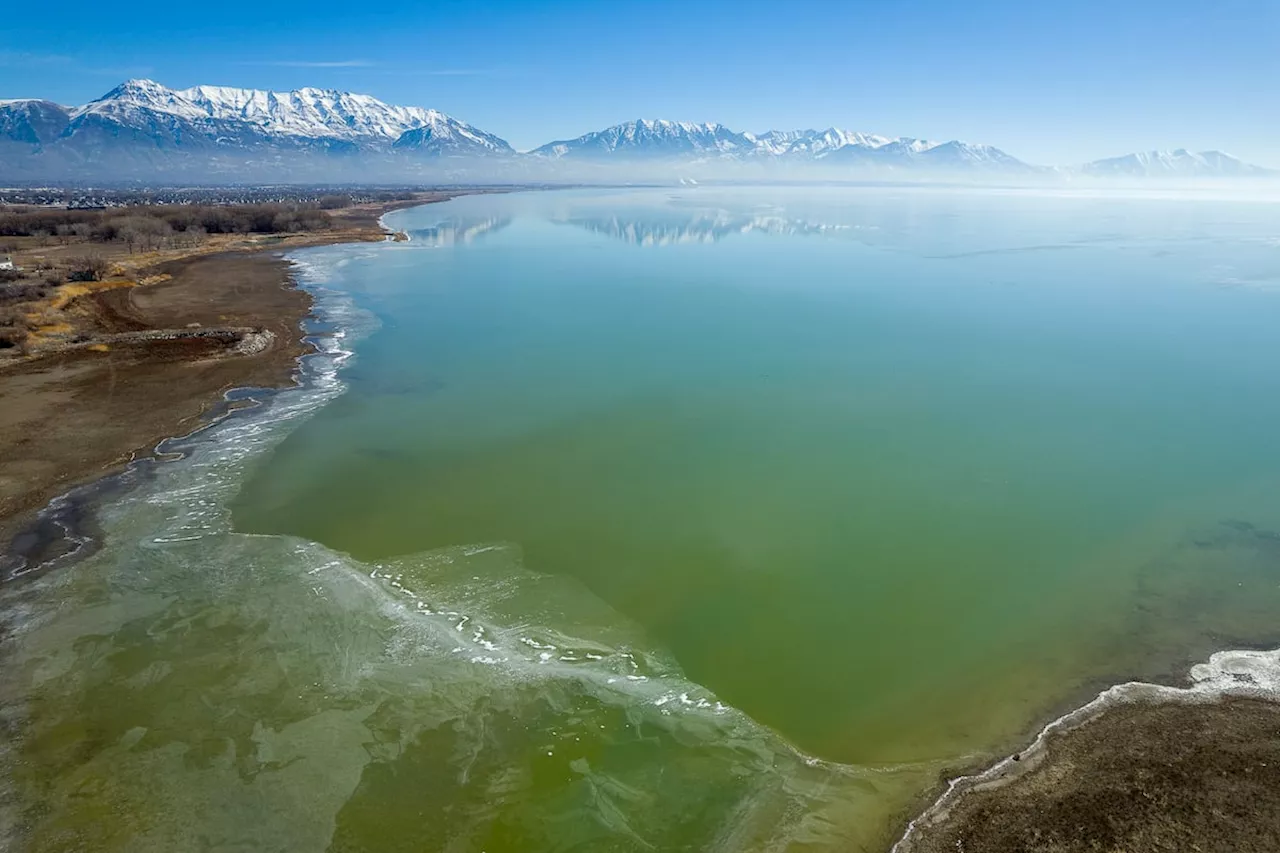 Conservation leads to more water for Great Salt LakeThe Great Salt Lake Watershed Enhancement Trust announced on Monday it had secured roughly 10,000 acre-feet of water. Through the combination of purchases and donations, the water will go 50 miles up the Jordan River from Utah Lake to the Great Salt Lake.
Conservation leads to more water for Great Salt LakeThe Great Salt Lake Watershed Enhancement Trust announced on Monday it had secured roughly 10,000 acre-feet of water. Through the combination of purchases and donations, the water will go 50 miles up the Jordan River from Utah Lake to the Great Salt Lake.
Read more »
 Does Utah have a legal obligation to save the Great Salt Lake?A judge will weigh arguments about the state of Utah's obligation to protect the Great Salt Lake and its responsibility to respect water rights.
Does Utah have a legal obligation to save the Great Salt Lake?A judge will weigh arguments about the state of Utah's obligation to protect the Great Salt Lake and its responsibility to respect water rights.
Read more »
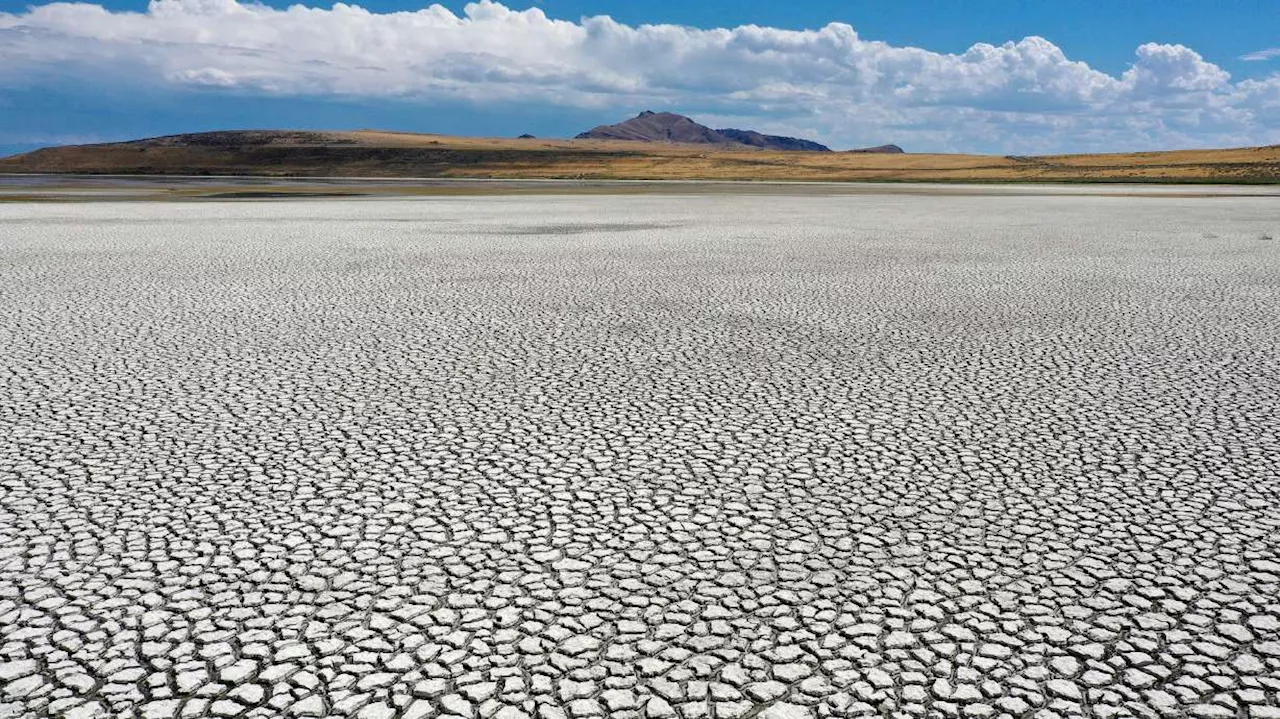 Here's what U. researchers are learning about dangers associated with Great Salt Lake dustNew University of Utah research has found that sediments in the Great Salt Lake's exposed playa are potentially more harmful than other major dust sources impacting Wasatch Front air quality.
Here's what U. researchers are learning about dangers associated with Great Salt Lake dustNew University of Utah research has found that sediments in the Great Salt Lake's exposed playa are potentially more harmful than other major dust sources impacting Wasatch Front air quality.
Read more »
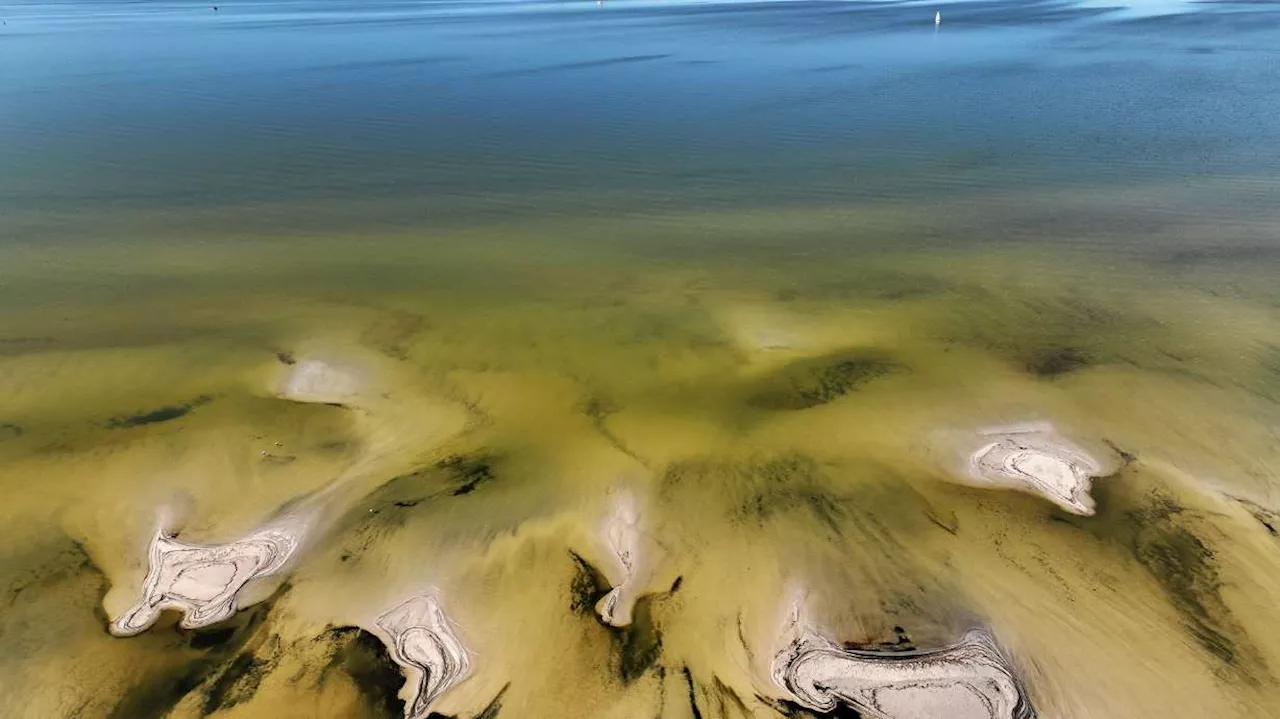 Saving the Great Salt Lake earns bipartisan support in HouseA bill was endorsed in the House on Tuesday, expanding the geographical reach of the Central Utah Completion Act to encompass the Great Salt Lake drainage.
Saving the Great Salt Lake earns bipartisan support in HouseA bill was endorsed in the House on Tuesday, expanding the geographical reach of the Central Utah Completion Act to encompass the Great Salt Lake drainage.
Read more »
